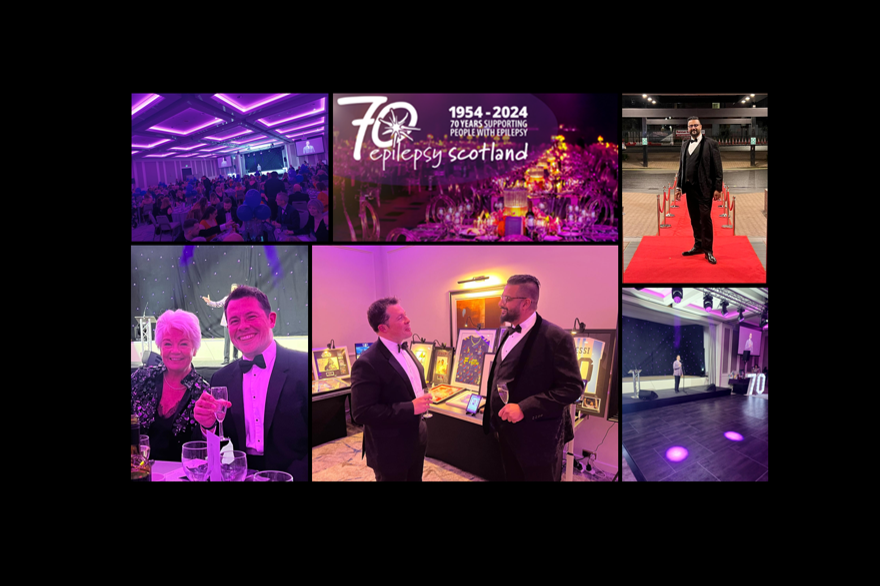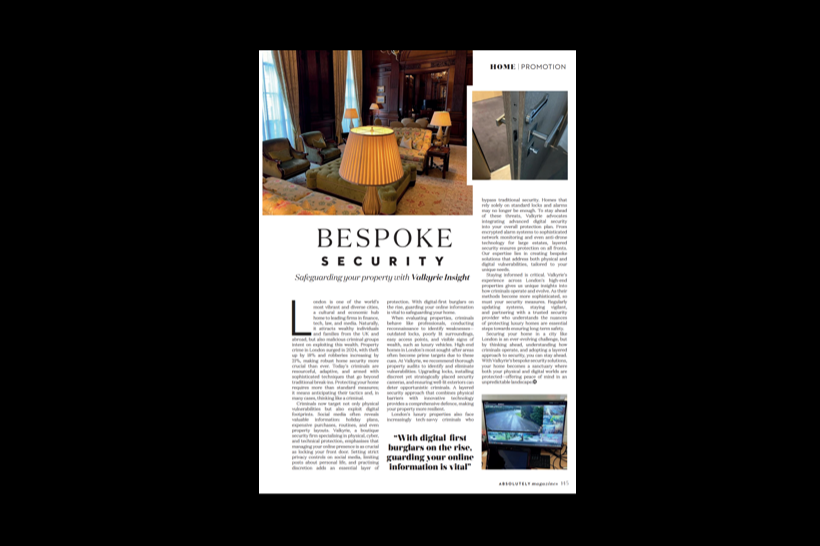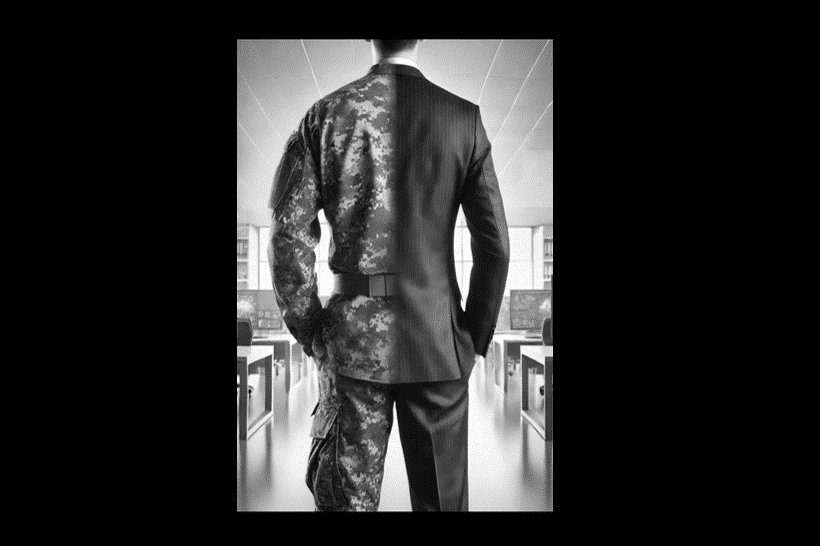During my police career, incidents of crime involving fire arms was an ever present threat. The majority of shootings in the UK are committed by street gangs involved in many types of criminality, such as armed robberies and drug distribution
On Saturday 6th August, a family’s summer’s day out by a river in south London took a sinister turn when they fished out an Uzi submachine gun and up to 10 other firearms that had been dumped in the water. The shocking discovery was made when Ryan Ball, 32, took his three children – 11, five, and one – to River Pool at Linear Park, between Catford and Sydenham.
This finding triggered a more thorough search that resulted in the discovery of a cache of up to 11 guns, including the Uzi and a revolver. There were also other guns that had been disassembled before being dumped in the water, as well as items that have been described as potential “explosives”. At least 10 magazines and a number of individual bullets were also collected from the water.
On this day in 1987, Michael Ryan shot dead sixteen people, including an unarmed police officer and his own mother, before shooting himself in Hungerford. The shootings, committed using a handgun and two semi-automatic rifles, occurred at several locations, including a school he had once attended. Fifteen other people were also shot but survived. No firm motive for the killings has ever been established.
The Dunblane Massacre, which took place on 13th March 1996 shocked the world, when Thomas Hamilton shot dead 16 pupils and one teacher at Dunblane Primary School. This tragic event sparked ‘The Cullen Report’. This report recommended that the UK Government introduce tighter controls on handgun ownership. The report also recommended changes in school security and vetting of people working with children under 18.
A small group, known as the Gun Control Network, was founded in the aftermath of the massacre and was supported by some parents of the victims of the Dunblane and Hungerford massacres shootings. Bereaved families and others also campaigned for a ban on private gun ownership.
Prime Minister John Major introduced the Firearms (Amendment) Act 1997, which banned all cartridge ammunition handguns with the exception of .22 calibre single-shot weapons in England, Scotland and Wales. Tony Blair became PM in 1997 and introduced the Firearms (Amendment) (No. 2) Act 1997, banning the remaining .22 cartridge handguns as well. This left only muzzle-loading and historic handguns legal, as well as certain sporting handguns.
On the 12th August last year, in Keyham, Plymouth, a 22 year old man, Jake Davison, shot and killed five people and injured two others, before fatally shooting himself. Devon and Cornwall Police have not identified a motive. In response, On 15 August 2021, the British government announced that it would issue guidance to require police to investigate social media posts of firearms licence applicants and current holders.
Although stricter legislation regarding gun control has been introduced over the years, this does not prevent criminals having access to firearms. Fortunately, the level of gun crime in the UK is one of the lowest in the world. Nevertheless, the potential for harm from urban gangs, organised crime groups and would-be terrorists make eliminating the criminal use of firearms a persistent problem.













